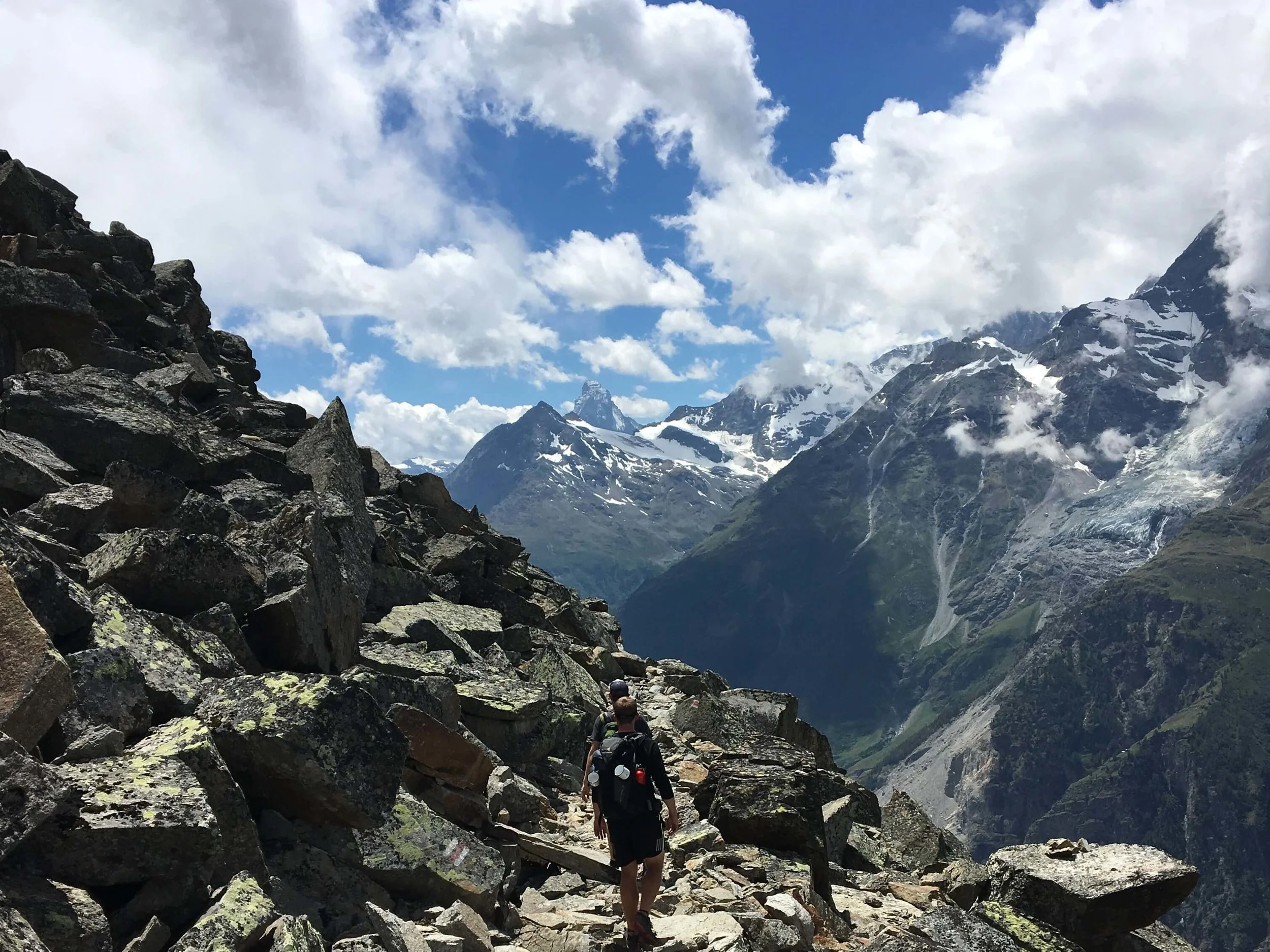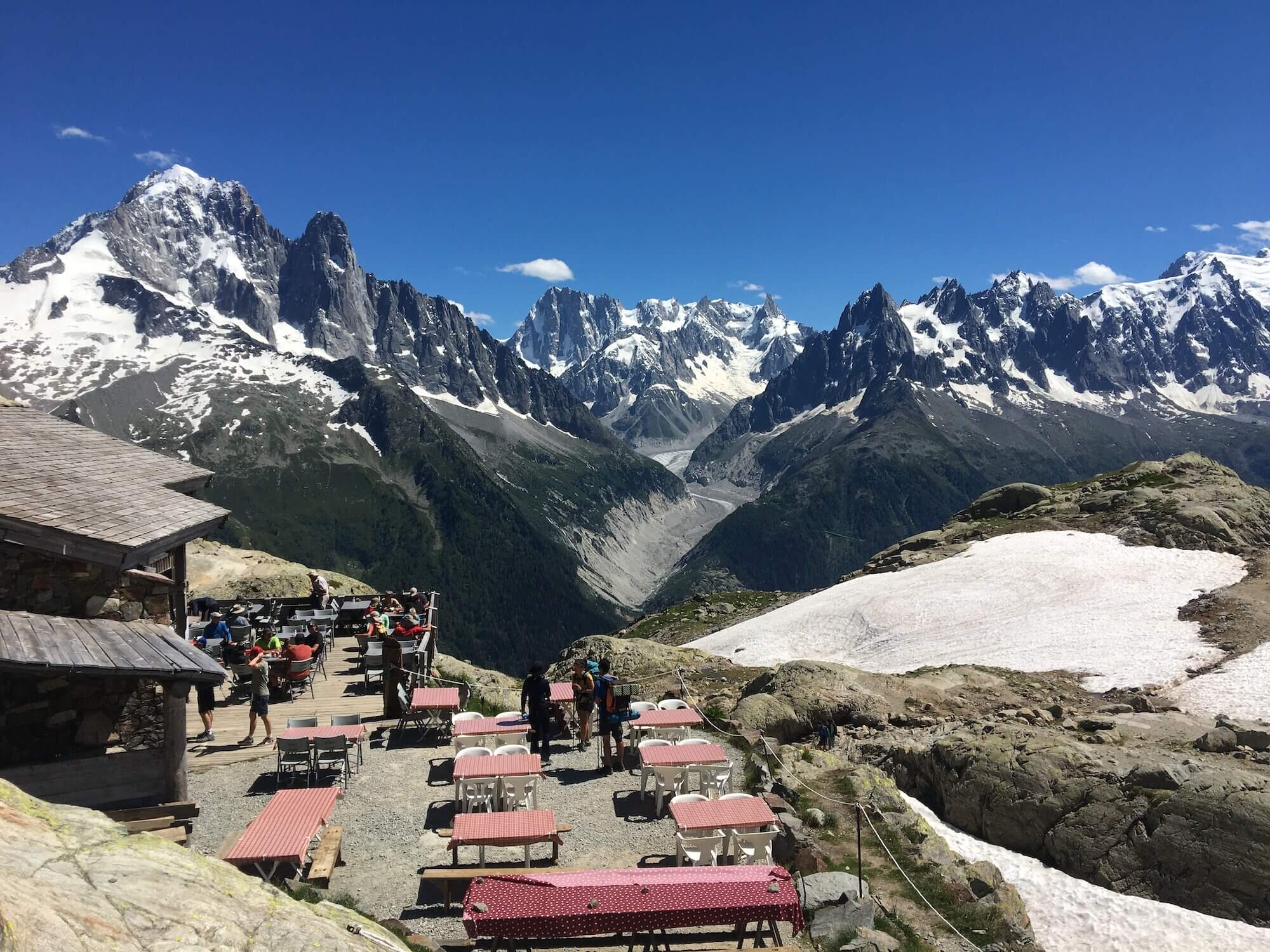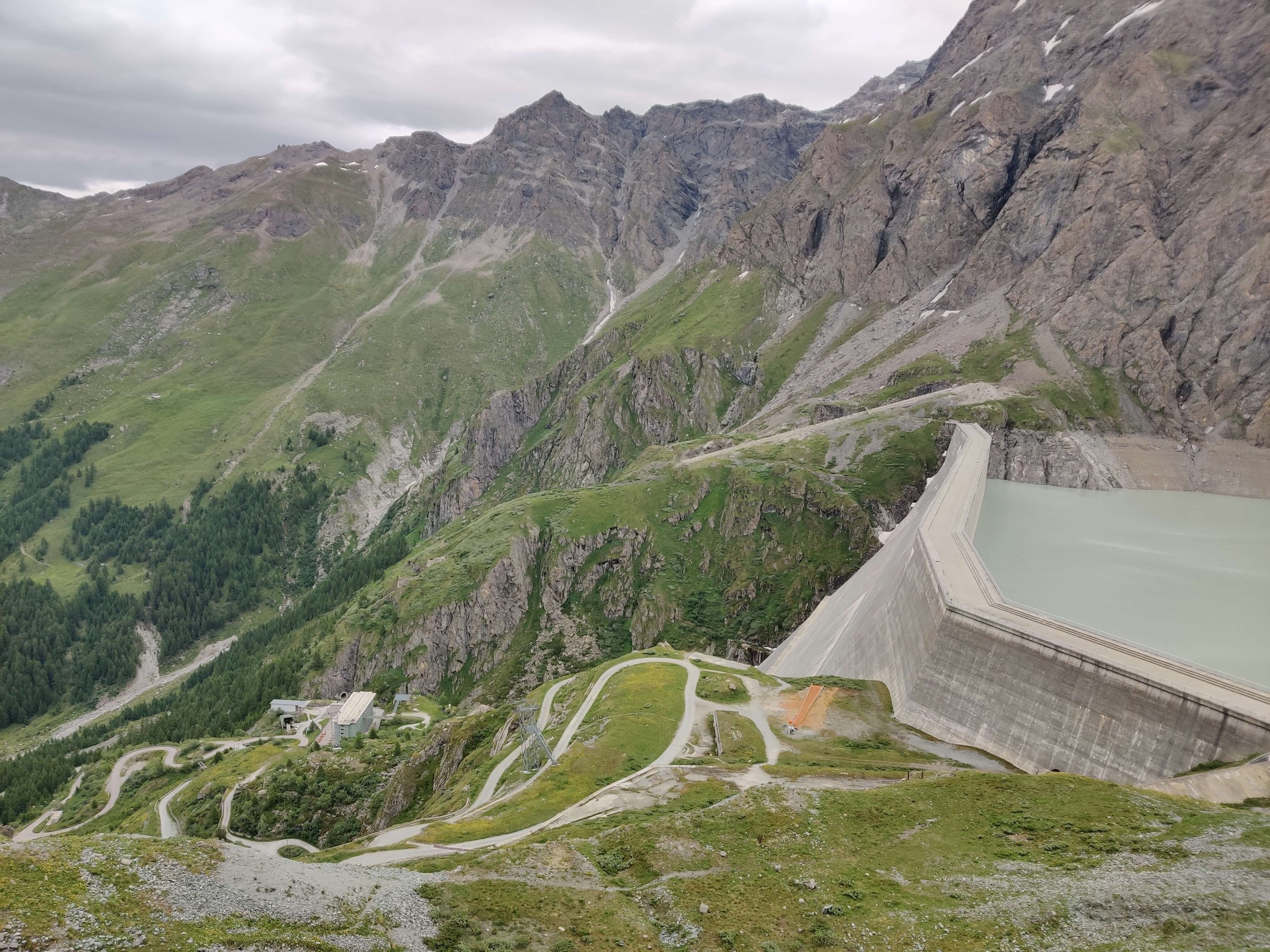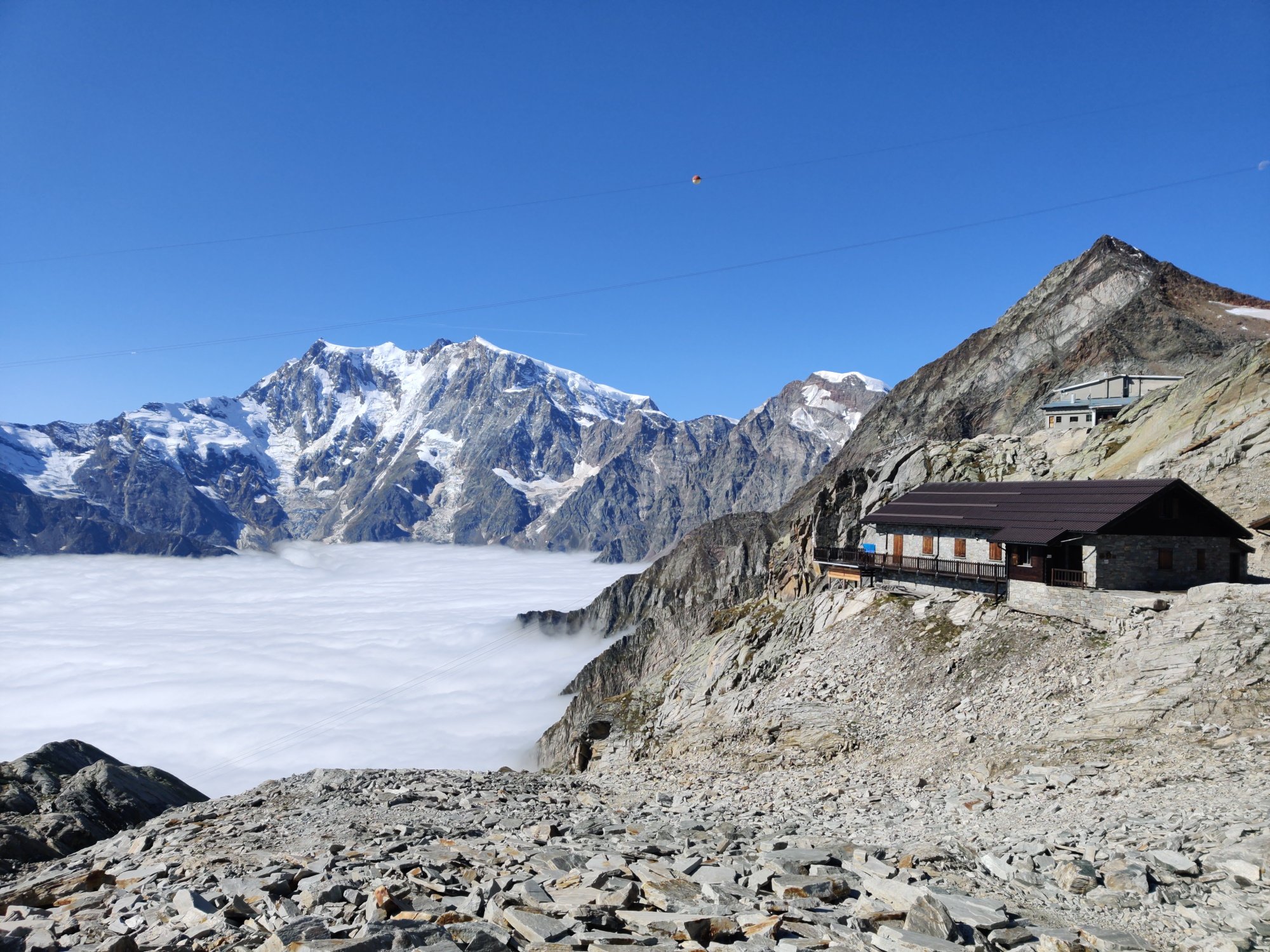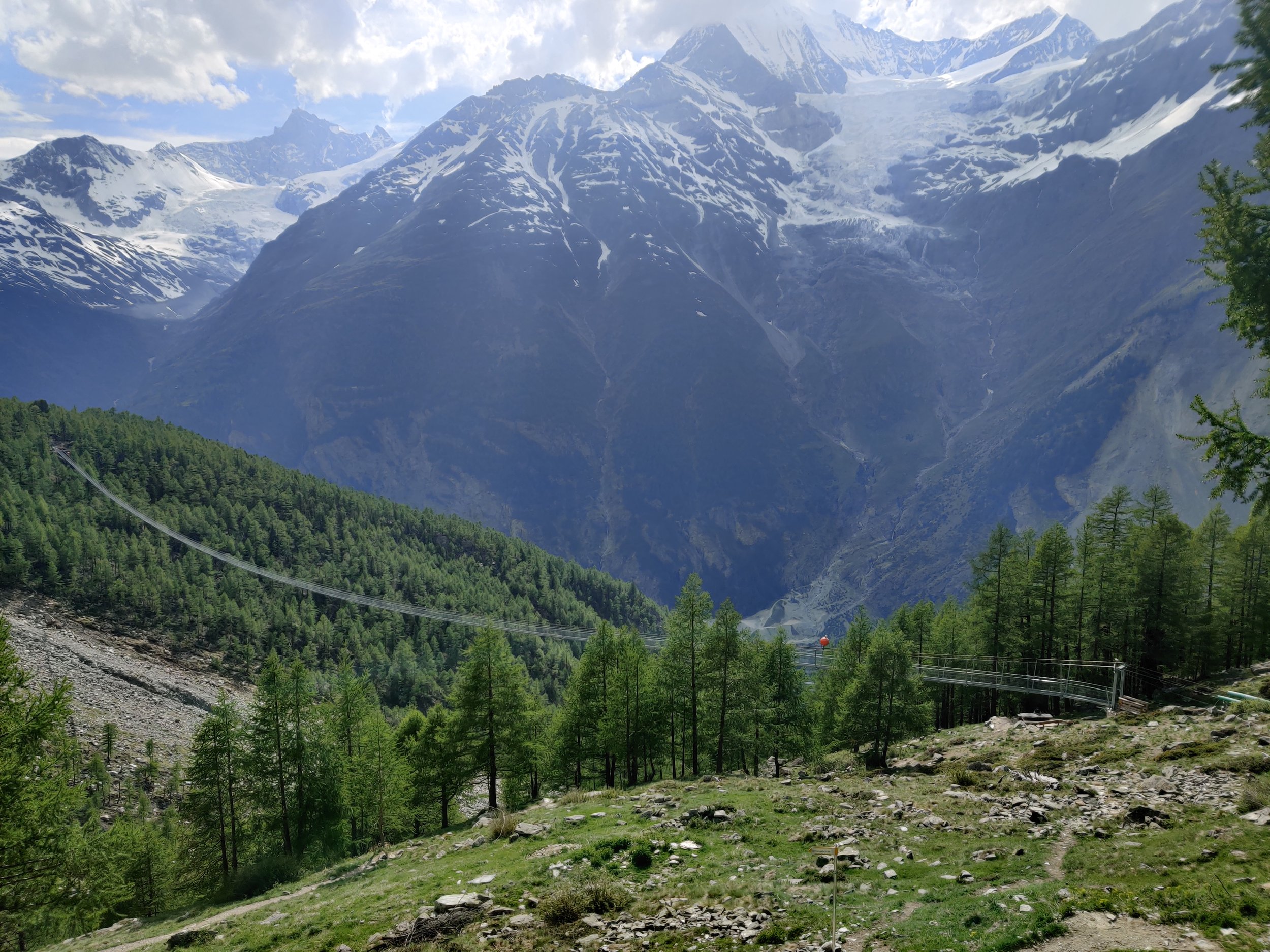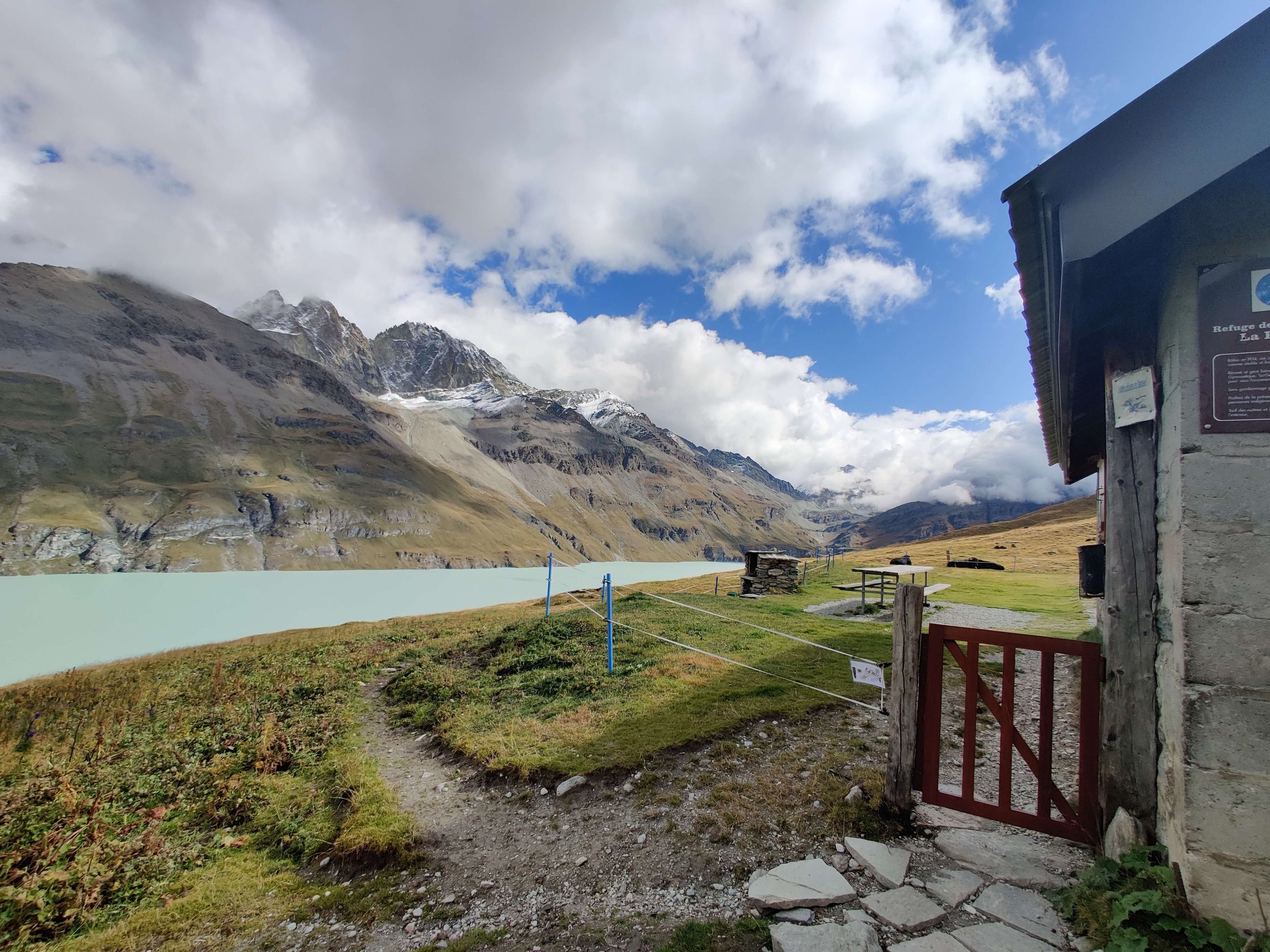The availability of mountain accommodation and transportation has created many incredible day and overnight hiking experiences in the Pennine Alps. The top 5 multi-day experiences in this area are:
Walker’s Haute Route (~ 213km / 132mi): along the North side
Alta Via 1 - Aosta Valley (~ 190km / 118mi) : along the South side
Tour of Monte Rosa (164km / 102mi): around the East end
Tour des Combins (100km / 62mi): around the West end
Tour of the Matterhorn (107km / 66mi): around the middle section
Experienced mountaineers also have the original ‘Haute Route’ which follows the Pennine Alps mountain chain, spending much of its time on glaciated terrain. This route was first forged by the English Alpine Club in the mid-19th century and has become a popular ski route in the Spring months too.
The rugged high mountain terrain of the Pennine Alps offers few opportunities for easy passage between Switzerland and Italy. For hikers, only four trails become snow-free in the summer and a further two remain glaciated year-round (but can be crossed with a guide). Col du Grand Saint Bernard on the West end and Simplon pass on the East offer the easiest places to cross the Pennine Alps and have been used by travelers as far back as the Bronze Age — about 800 B.C. Nowadays, roads have been built over these two passes and you’ll often hear the roar of sports cars enjoying the high mountain switchbacks.
Aside from the big mountain vistas, some of the unique highlights in the area include seeing the Valais Blackneck goat, the origin of raclette and fontina cheeses (which are a culinary highlight in their own right!); the tallest gravity dam in the world (Grande Dixence); the highest peak in Switzerland (Monte Rosa); and longest pedestrian suspension bridge in the alps (Charles Kuonen suspension bridge).
